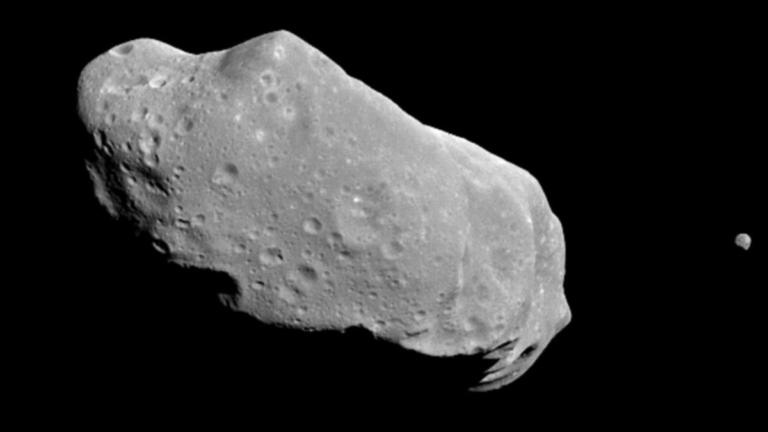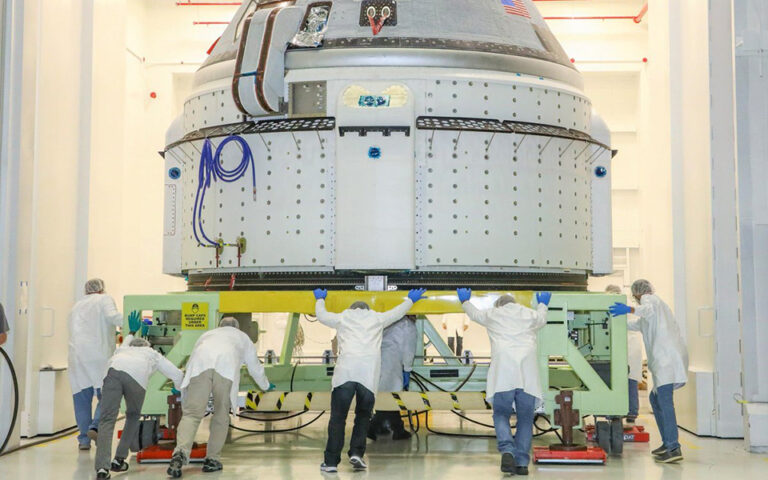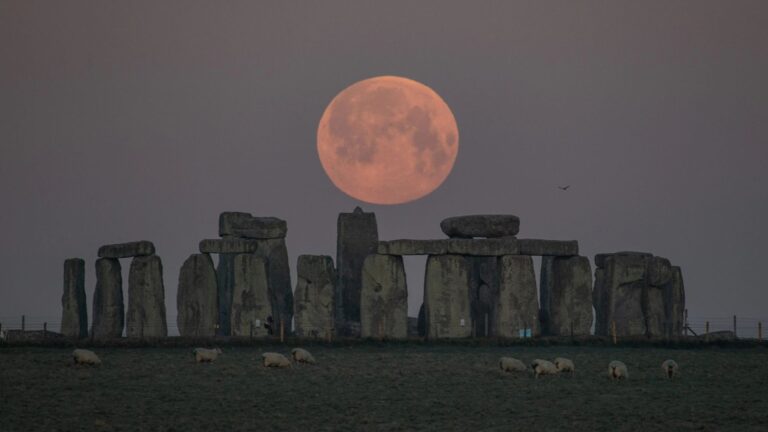Stargazers and sky watchers have been treated to an amazing display of celestial events already in 2024: the total solar eclipse, the return of the ‘devil’s comet’ and numerous nights colored by the northern lights have undoubtedly topped the list for some.
But if that wasn’t enough for you, space experts say we’re in for another stellar sighting: a rare nova explosion that will usher a “new star” into the night sky.
Earlier this year, NASA reported that a star system some 3,000 light-years away is about to explode.
“It’s a once-in-a-lifetime event that will create a lot of young astronomers out there, giving young people a cosmic event they can observe for themselves, ask their own questions and collect their own data,” Dr. Rebekah Hounsell, an assistant research scientist specializing in nova events at NASA’s Goddard Space Flight Center, said in a statement. “This will feed the next generation of scientists.”
Here’s what you need to know.
T CrB’s ‘rare nova explosion’
About every 79 years, there is an explosive event in the Northern Corona, a binary system roughly 3,000 light-years from Earth. Located within the star system is the nova, T Coronae Borealis, otherwise known as Blaze’s Star or T CrB.
T CrB is one of 10 recurring novae scientists have found in the galaxy, Bill Cooke, Director of NASA’s Meteoroid Environment Office at Marshall Space Flight Center in Huntsville, Alabama, previously told Nexstar.
These novae, the plural of nova, consist of a normal or red giant star and an Earth-sized white dwarf, Cooke explained. “The larger star is shedding material onto the surface of its white dwarf companion; as the material accumulates, the temperature continues to rise until a thermonuclear escape begins.”
This will then cause the T CrB to explode, or “go nova”.
What happens when T CrB explodes?
Unlike a supernova — which is a “final, titanic explosion” — the T CrB white dwarf will remain intact during this nova event, explained Dr. Hounsell. Instead, it releases the material that has accumulated on it by throwing it into space.
All this will lead to a flash bright enough that we can see it on Earth, even with the naked eye. The last time we had such a chance was in 1946.
What will T CrB look like from Earth and how can I see it?
When it reaches nova status, T CrB will appear as a “young star” in the constellation of Corona Borealis, or The Northern Crown.
To find T CrB, you’ll want to look between the constellations Hercules and Boötes, located to the north. More specifically, according to the guide below from NASA, it will be roughly aligned with Vega and Arcturus.

According to Cooke, T CrB will be as bright as the North Star – but only for about a week. If you are not in Antarctica, then you should be able to see it.
When will the ‘new star’ appear?
Unlike a solar eclipse, scientists don’t know exactly when the rare nova event will occur.
Over the past decade, T CrB’s behavior has been “remarkably similar” to its behavior in the years leading up to its 1946 explosion, NASA said earlier this month. This has led some researchers to predict that the eruption will occur by September, but others warn that it could take longer.
NASA, as well as astronomers around the world, have been keeping an eye on novae. They’re also relying on citizen astronomers and space enthusiasts to alert them to any changes they see.
Whenever you are able to catch a glimpse of T CrB, just remember – the eruption actually happened 3,000 years ago.





